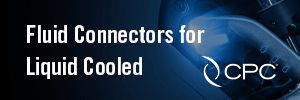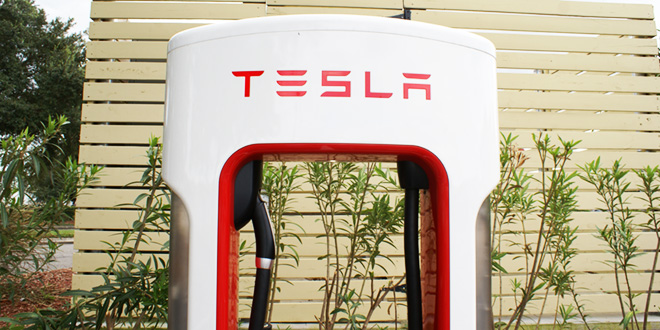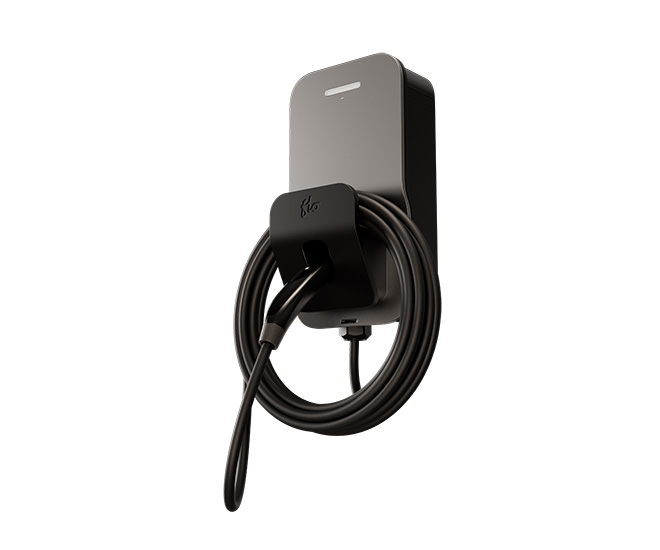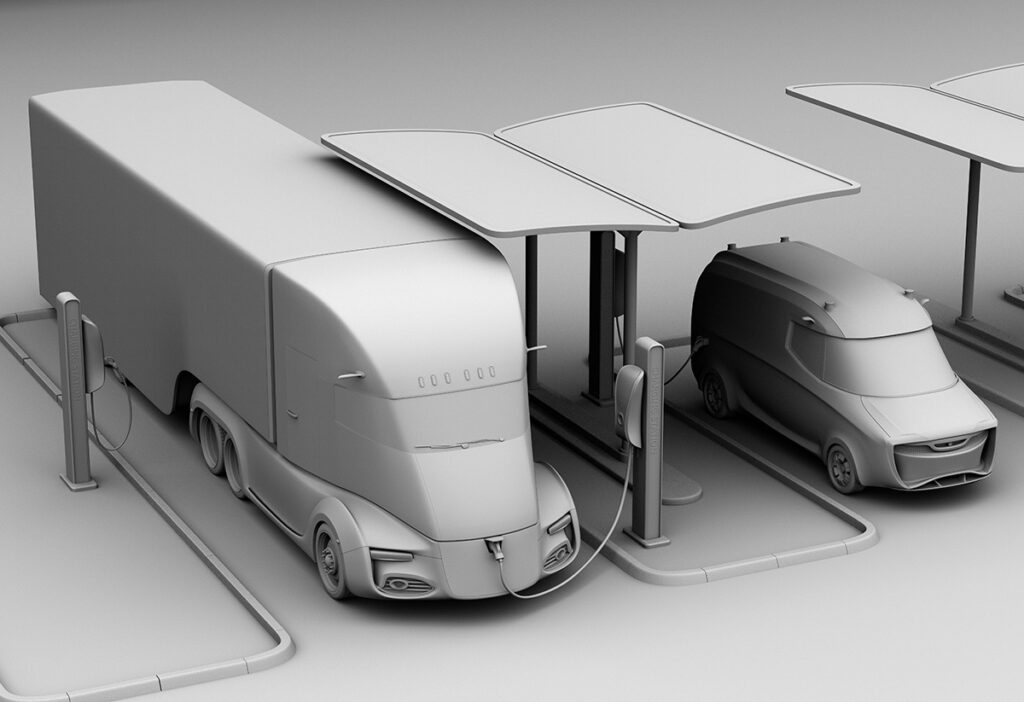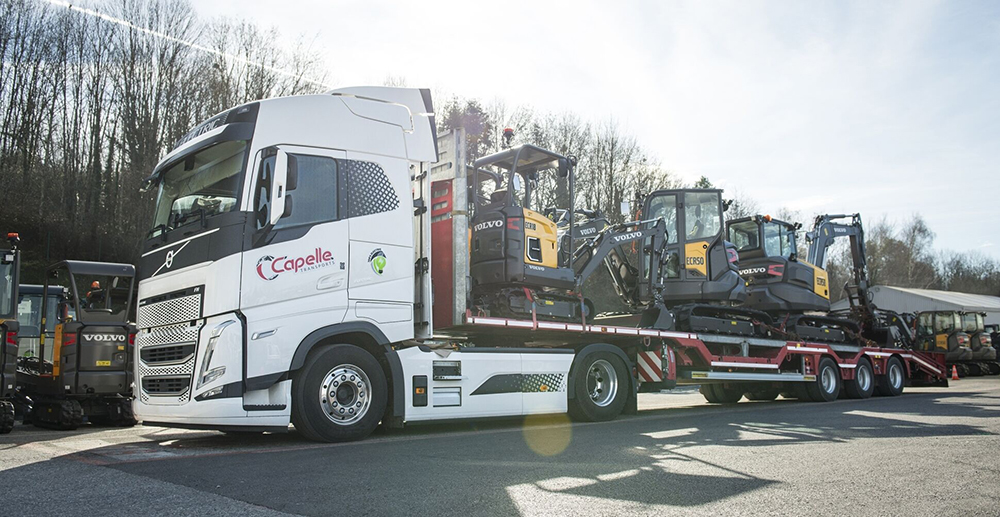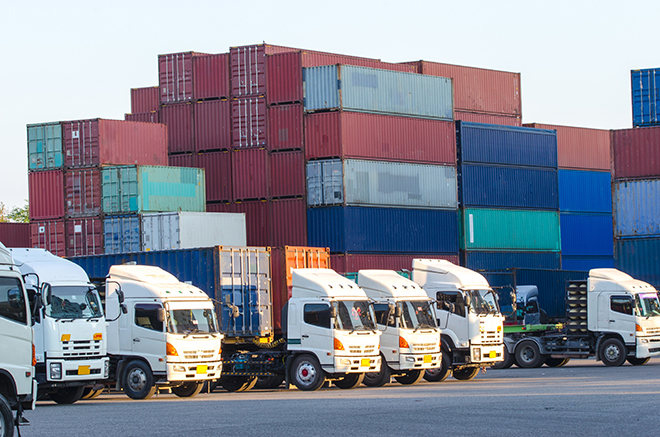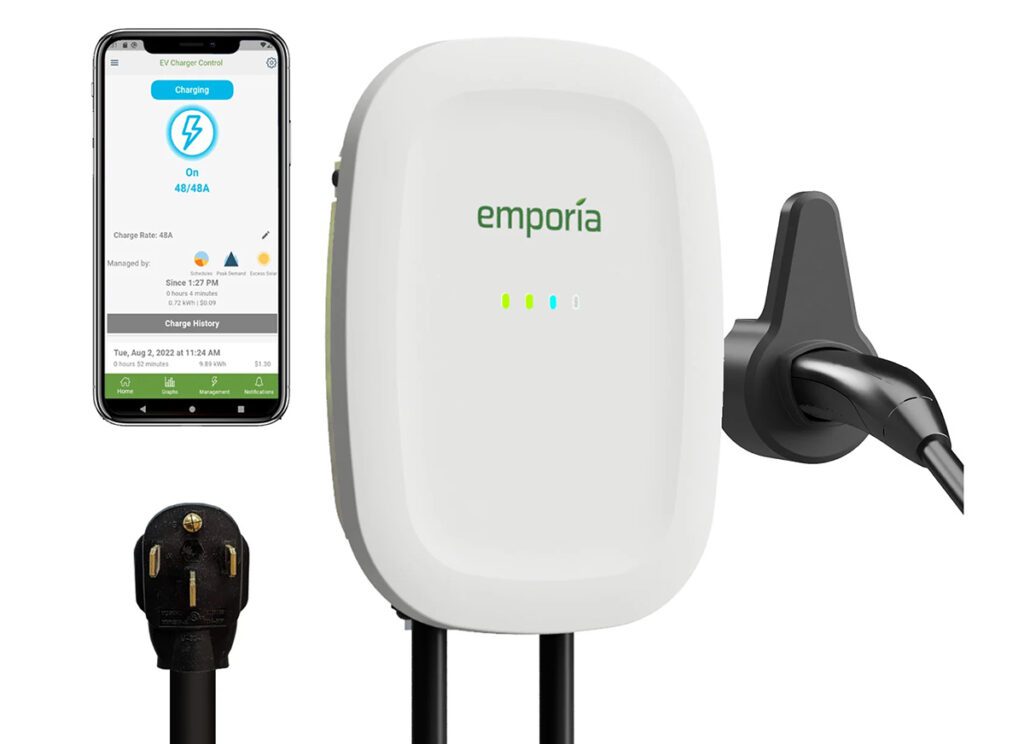What’s this? Tesla is limiting my Supercharging rate, saying I’ve been fast-charging too often? It’s an outrage! I signed up for unlimited Supercharging forever! Splutter…argh..ack! ack! [falls backward, clutching at chest]
Not so fast. Calm down and let Tesla explain. Yes, the vehicle software will limit the Supercharging rate for vehicles that have racked up too many DC fast-charging events. No, this is not intended to limit your Supercharging enjoyment, but rather to protect the battery.
For a while now, some Tesla owners have been complaining on the forums that their charging rate at Superchargers has been reduced. Many factors affect the charging rate, so it was hard to isolate the reason until one Tesla owner took a road trip on which he used several different Superchargers, and never experienced a rate above 90 kW (the top charging rate is 120 kW). He took the issue to the Tesla Service Center, and the technician’s response reads in part: “Once vehicle has been DC fast charged over a specified amount, the battery management system restricts DC charging to prevent degradation of the battery pack. According to Tesla engineers, this vehicle has seen significant DC fast charging and now has permanently restricted DC charging speeds. Important to note, Supercharging will always still be available to the vehicle and the battery pack has not yet experienced significant degradation due to the amount of DC fast charging performed on the pack up until this point in time.”
It seems this particular owner has been using DC fast-charging almost exclusively, which is far from the usual scenario – he has used CHAdeMO 245 times, and Superchargers “50 to 60” times.
Nonetheless, the discovery sparked a firestorm on the forums, similar to that which erupted after Tesla used an over-the-air update to limit the use of Launch Mode. The company responded with a statement explaining the reason for limiting charging speed:
The peak charging rate possible in a Li-ion cell will slightly decline after a very large number of high-rate charging sessions. This is due to physical and chemical changes inside of the cells. Our fast-charge control technology is designed to keep the battery safe and to preserve the maximum amount of cell capacity (range capability) in all conditions. To maintain safety and retain maximum range, we need to slow down the charge rate when the cells are too cold, when the state of charge is nearly full, and also when the conditions of the cell change gradually with age and usage. This change due to age and usage may increase total Supercharge time by about 5 minutes and less than 1% of our customers experience this.
Tesla is not slowing down charge rates to discourage frequent Supercharging – quite the opposite. We encourage our customers to use the Supercharger network at their discretion and we committed to doubling the number of worldwide chargers just this year. We also want to ensure that our customers have the best experience at those Superchargers and preserve as much vehicle range as possible – even after frequent usage.
As Electrek notes, there are several ways in which Tesla’s software limits performance in order to increase durability or safety, and most of them are not detectable. When they are, however, better stand back and watch the sparks fly.
Source: Electrek


